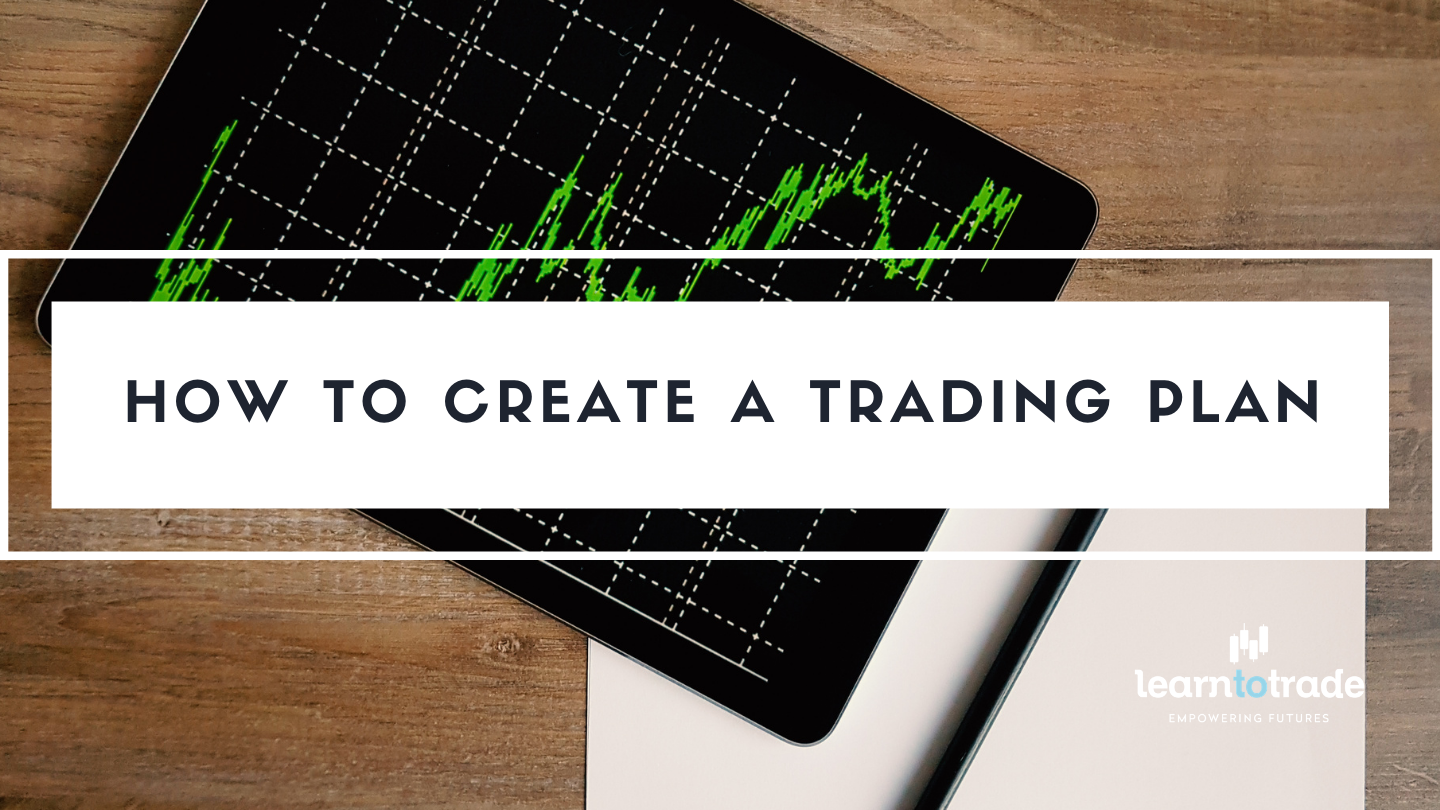How To Create a Trading Plan

A trading plan is a framework that guides traders in their trading process. This sets the conditions where the trader enters and exits a trade, identifies markets, and manage risks along the way. This helps the trader with accountability and keeps traders focused on their strategy.
Here are the following steps on how to create your own trading plan.
- Choose Your Analytical Approach
This is the initial step of the trading plan that help traders narrow their focus on scenarios that the trader is comfortable with. With this, they can look for opportunities that the trader is comfortable with based on their trade set ups.
This approach answers the question, “How do you identify trade set-ups?”. This is a combination of price support and resistance, use of fundamentals, etc.
- Focus on limited markets
Looking at the market may seem overwhelming. When you start out, it is important to limit your focus on specific markets. Remember, there is no market that is the same. By limiting the scope of the market, you can understand the market more. You can also focus on the time frames of the single market for familiarization of the movements and characteristics.
- Decide on what type of trader you are
When you focus on short term trades, you can be classified as scalpers and day traders. Medium term traders usually hold trades a few hours up to a few days. They are called swing traders. Long term trading involves a number of days, weeks, months and maybe even years.
- Risk Tolerance
Risk management is an important factor of your trading plan. Without this, everything will fall apart. With this step, you need to know how much you are willing to risk and how far you are willing to set stop losses when limiting downside risk.
- Plan How You Will Handle Situations
All traders would experience success as well as failures. It is important for traders to set rules in order to manage emotions. An effective way is to quantify loss that indicate when the trader would stop trading and take a step back to analyze and evaluate what the problem is.
When you are successful, overconfidence can quickly turn trades into losing ones. Try not to increase your risk too much at most, take it to a minimum.
Don’t forget to follow and subscribe for more updates about market trends, analysis, forex news, strategies, and more!
Do you want to learn more about forex trading? Sign up now on our FREE forex webinar and reserve your FREE seats while it still lasts!
Risk Disclaimer:
Information on this page is solely for educational purposes only and is not in any way a recommendation to buy or sell certain assets. You should do your thorough research before investing in any asset. Learn to Trade does not fully guarantee that this information is free from errors or misstatements. It also does not ensure that the data is entirely timely. Investing in the Foreign Exchange Market involves a great deal of risk, resulting in the loss of a portion or your full investment. All risks, losses, and costs associated with investing, including total loss of principal and emotional distress, are your responsibility.
